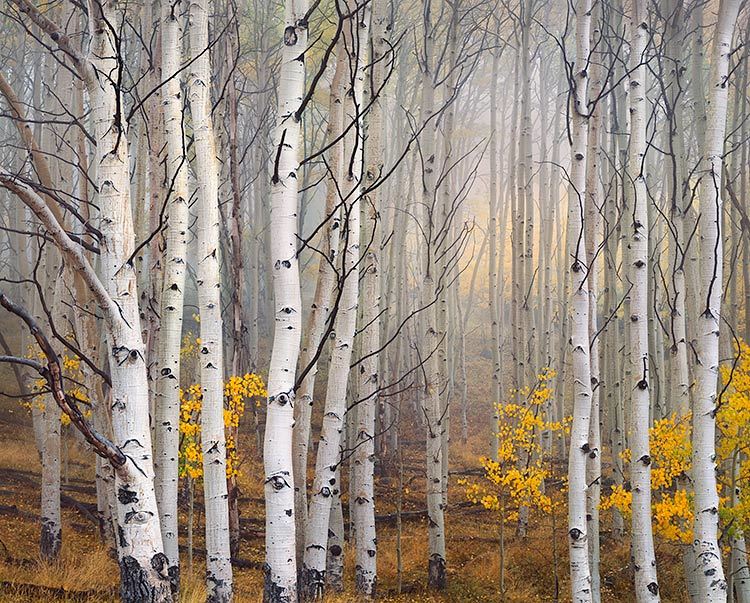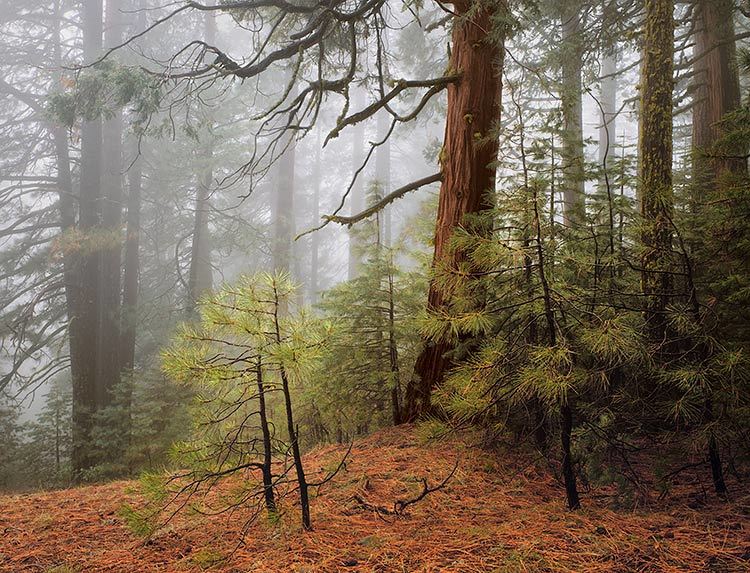In Search of Your Best Images
July 8, 2020
Ansel Adams’ Best
It is estimated that Ansel Adams produced 40-50,000 negatives during his lifetime—an amazing amount of work. But, how many of these did Ansel print? And how many of those ended up as what he called his “Mona Lisas”?
When I took my first Ansel Adams workshop in 1977, I was convinced that anything that Ansel photographed would be magical—his powers were so refined by decades of experience that his every exposure was a masterpiece. I gradually learned that was not the case! In fact, of those 50,000 negatives, I’ve heard estimates that 400-500 different images have been published. That’s 1 percent. Ansel himself said that making twelve meaningful photographs a year is good production.
Don Worth, one of Ansel’s first assistants, told me that one of his jobs was to make some new proofs of all of Ansel’s 8x10 negatives of Yosemite. He said that he was amazed…that so many of them were just “record” shots. In other words, images that are mostly devoid of emotional content.
I feel better already—because that describes most of my images! If this is the case, how do we mere mortals go about figuring out which of our images go beyond being mere “record” shots? I think it is especially difficult with landscape work.

What Is Best?
First, I think we need to ask what makes an image good or even great. (Just google “What is Art” and get back to me…) What I go by is—does the image elicit some positive emotional response? Some images just make us go “oohhh." Some just resonate with people.
Because, why would a prudent and sane person go into a gallery and walk out having plopped down 500 hard-earned dollars for a photograph? It’s because they had a strong reaction to the image. It got to them on some level. It created an emotional response. So, how can we determine which of our images create such a response?
Finding Your Best
First, the photographer who makes the image is not necessarily a good judge. Just because you had to hike 20 miles to get to a location does not make it a better image than one found right along the road. The viewer of the photograph does not know any of that. The viewer only sees what is presented in the image. I remember Don Worth saying that, before selecting which images to print, he’d like to even forget taking them. Then you can be objective!
I find that having other people review my images is a great help. But, we can’t ask them to look at 10,000 of our images and then select their favorites. The photographer will have to do a first or second edit to narrow down the choices to a workable amount. And software like Lightroom makes this much easier. I have learned to trust my initial edits to some degree. But I always go back and “tweak” every image a little, so every image looks presentable. And then go through them all again to search for “sleepers." I still go back every once in a while to review older images. I’ve heard it said that our conscious mind lags behind the subconscious. So some images we make we don’t quite understand yet—but will in the future. I’ve found a few good sleepers over the years…
When friends visit, I usually ask them to give me feedback on some images. But, I don’t ask them which is the best. I ask which is their favorite. I want to know which ones “get” to them. In workshops, after a print critique, I’ll tell the group, “Mary has graciously agreed to give everyone two prints of their choice!” Mary hasn’t really agreed to this—but I want the students to think about which of Mary’s prints mean something to them. Which of these prints would they like to have on their walls at home? That’s a very different question than just asking which is the best. This question gets people to think about how they respond to these images on a personal level.

Does Popularity Equal Best?
Years ago, a friend and I agreed to trade prints. He asked, “which are your bestsellers?” I initially thought this was not a good way to judge the merit of one’s images. But now, I think he might be on to something. Above is the print that has sold the most for me, “Trees in Fog, Wawona Road, Yosemite." When I recently traded images with two photographers I really respect, I was very surprised when they both choose this image.
Another friend who is a very fine photographer had a feature on his website where people could choose their favorite images. When he did an analysis of which got the most votes, he was very disappointed. He said any image with a snowy mountain peak was at the top of the list! But I wonder if web-surfers are a different demographic than the people who feel strongly enough to actually pay a lot of money for a print? I would hope so. Either that, or “Trees in Fog” has pleasing colors that match lots of sofas!